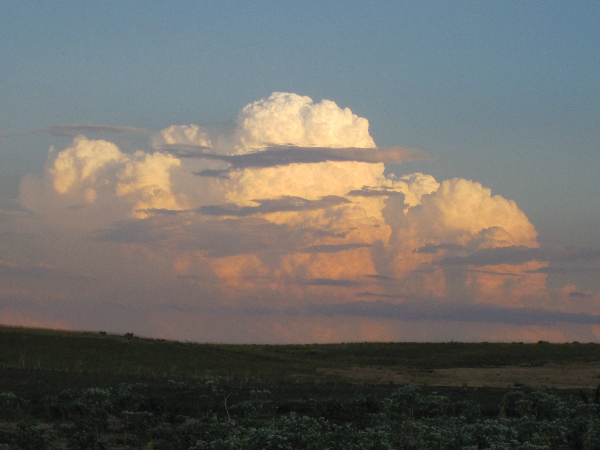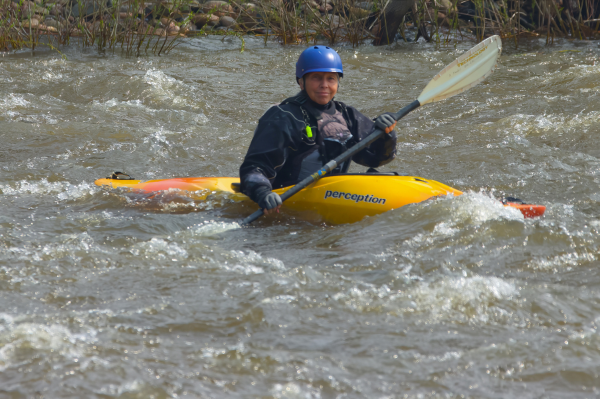Safety in Natural Areas#
Safety is an important component of any day spent outside. You are responsible for your own safety. Outdoor activities include the potential for serious injury, death and property loss. Please choose activities that match your abilities.
Be prepared for site and weather conditions. Find current local weather information here.
What to Bring#
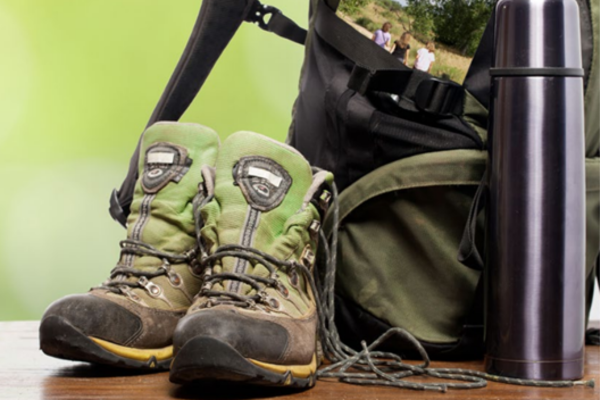
Use this list as a guide to help you pack for a day outdoors.
- Map and Compass, a GPS System, or Your Phone: Not all natural areas have good reception, see information below about call boxes.
- Find a map of all the natural areas here and at trailhead kiosks.
- Layered Clothing and Rain Gear: Be prepared for sudden changes in weather
- Water: Pack more than you think you will need and drink before you feel thirsty.
- Trail Food
- First Aid Kit: include a space blanket if you have one.
- Repair Kit: This may include duct tape, multi-tool, etc.
- Flashlight
- Sun and Bug Protection
Know Before You Go
Check Trail & Parking Conditions
Stay safe by respecting the closures.
Safety Resources#
-
![Thunderhead at Soapstone Natural Area]()
Thunderhead at Soapstone Natural Area, Image Credit: David Morse
Avoid lightning by watching the weather and avoiding afternoon outings when lightning is more frequent. Lightning often precedes rain; so don't wait for the rain to begin before suspending activities.
30-30 Rule: After seeing lightning, count the seconds until you hear thunder. If it is less than 30 seconds, seek safety. If you can hear thunder, lightning is within striking range. Wait at least 30 minutes after the storm has passed before hiking.
Abide by this safety slogan: "If you can see it, flee it; if you can hear it, clear it."
What to do in a lightning storm:
-
Seek Safety. When you first see lightning or hear thunder, it is the time to seek safety in:
- Vehicles with doors and windows closed: Don’t touch metal. Avoid using the radio or hand-held electronics.
- Buildings that have a roof, walls, floor, plumbing, and wiring: Avoid picnic shelters, cabins, restrooms, sheds, and lean-tos.
- Low Areas: Crouch down in gullies, arroyos, and gulches. Avoid objects such as fences, poles, umbrellas, ponds, and lakes.
- Avoid water, high ground, and open spaces. Avoid all metal objects including electric wires, fences, machinery, motors, power tools, etc.
-
If you can't find shelter,
- Spread Out: Keep several bodies lengths between each person.
- Lightning Crouch: Crouch down. Put feet together. Place hands over ears to minimize hearing damage from thunder.
- Suspend Activities for 30 minutes after the last observed lightning or thunder.
If lightning strikes a person:
- Move immediately to a safer place. Lightning frequently strikes twice in the same place.
- Call 911. Then avoid using your phone and other hand-held electronics.
- Treat the victim. Burns and respiratory distress are likely. Perform rescue breathing and CPR if you are trained. Victims do NOT retain an electrical charge.
-
Seek Safety. When you first see lightning or hear thunder, it is the time to seek safety in:
-
Play it Safe on the Poudre River!#
![Kayaker on the Poudre River]()
Kayaker on the Poudre River, Image Credit: Brent Eelman
The Poudre River is flowing high, fast, and very cold! Wait until late July to float the Poudre River if you are not an expert with the appropriate equipment. Your risk-taking endangers the lives of rescuers. Typically, late July is when we start to see safer conditions. Even then, be sure to wear a personal flotation device and whistle or other sound-producing device.
When recreating on the Poudre River, following these safety tips could save your life:
-
Wear a life vest, shoes, whistle and a helmet.
- Don't tie anything to yourself or your tube. It could drown you.
-
Know the weather and water conditions: high flows are unsafe.
- The water is melted snow and it is always cold.
- Avoid logs, branches, rocks, and debris which can drag you under.
- Find information about Poudre River flows here (Poudre River at Lincoln Ave Flow Rate Gauge)
-
Know where you are
- Take this map
- Plan your take-out location before you get in.
- Pay attention and follow all warning signs
-
Float sober, float safe
- Alcohol and drugs, including marijuana, impair judgment
-
Share the River
- Give other boaters and anglers plenty of space.
-
Be courteous
- Don't leave trash in or near the river. Look for trash and recycling cans in parking lots.
The Poudre River Safety Brochure includes maps of two routes to use with caution.
In case of emergency, call 911.
-
Wear a life vest, shoes, whistle and a helmet.
-
Heat Injuries#
Heat stress, from exertion or hot environments, places you at risk for illnesses such as heat stroke, heat exhaustion, or heat cramps. Follow these tips to avoid heat injuries:
- Wear Appropriate Clothing
- Schedule Outdoor Activities Carefully: Try to limit your outdoor activity to when it’s coolest, like morning and evening hours. Rest often in shady areas so that your body has a chance to recover.
- Pace Yourself: Cut down on exercise during the heat. If exertion in the heat makes your heart pound and leaves you gasping for breath, STOP all activity. Get into a cool area or into the shade, and rest, especially if you become lightheaded, confused, weak, or faint.
- Wear Sunscreen: Protect yourself from the sun by wearing a wide-brimmed hat, sunglasses, and by putting on sunscreen of SPF 15 or higher 30 minutes prior to going out.
- Drink Plenty of Fluids: Drink more fluids, regardless of how active you are. Don’t wait until you’re thirsty to drink.
- Replace Salt and Minerals: Heavy sweating removes salt and minerals from the body that need to be replaced. A sports drink can replace the salt and minerals you lose in sweat.
- Keep Your Pets Hydrated: Provide plenty of fresh water for your pets, and leave the water in a shady area.
Cold Injuries#
A cold environment forces the body to work harder to maintain its temperature. Whenever temperatures drop below normal and wind speed increases, heat can leave your body more rapidly.
Dressing properly is extremely important to prevent cold stress. Follow these tips on what to wear in the cold:
- Choose wool, silk, or synthetic fibers, which stay warm when wet. Avoid cotton clothing, which gets and stays wet easily.
- Wear clean clothing. Dirt fills the air cells in clothing, hindering insulation.
- Wear clothing for cold, wet, windy conditions.
- Hat to covers ears
- Knit cap or liner underneath a hard hat to retain heat
- Knit mask to cover the face and mouth
- Mittens or gloves
- Waterproof, insulated boots with rubber soles
Cold injuries include hypothermia and frostbite.
-
Bobcat Ridge, Soapstone Prairie, and Gateway natural areas have little to no cell phone coverage. Call boxes are available in case of an emergency. See locations and details below:
-
Bobcat Ridge Natural Area usually has cell phone coverage in the higher elevations.
- Call box in parking lot.
-
Soapstone Prairie Natural Area has more cell phone coverage towards the north parking lot.
- Call box at gatehouse near entrance.
-
Gateway Natural Area never has coverage.
- Call box before gatehouse upon entry.
-
Bobcat Ridge Natural Area usually has cell phone coverage in the higher elevations.
Wildlife Safety#
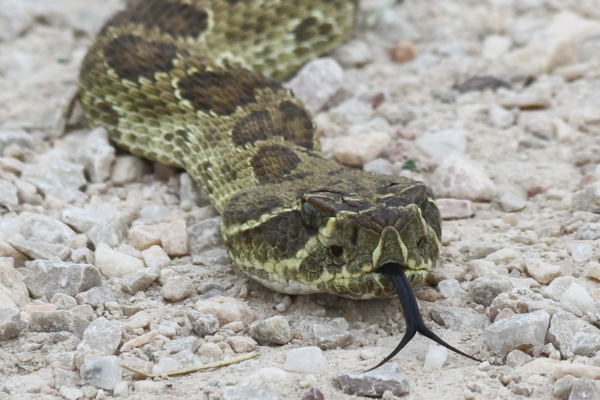
Rattlesnakes
Remember rattlesnakes are ecologically important and do not want to encounter humans. To avoid an encounter, walk or ride in the center of the trail to avoid snakes resting in trailside vegetation.

West Nile Virus
West Nile Virus is a disease transmitted to humans by mosquitoes. Prevent it by using insect repellent every time you are outdoors during West Nile season, June through early September. Learn the number of trapped mosquitoes in your neighborhood, read the West Nile Virus Management Policy and sign-up to receive notifications about spraying on the City of Fort Collins West Nile Virus webpage.

Rabies
Rabies is an infectious disease caused by a virus that can affect humans and other animals. Any mammal can get rabies. Prevent rabies by keeping your distance from wildlife and ensuring your pets are up to date on vaccinations.
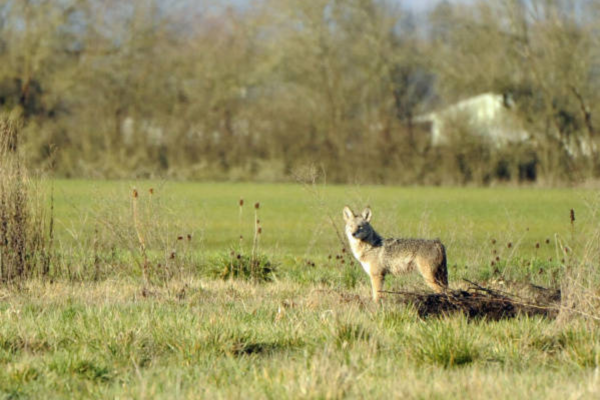
Bear, coyote, or mountain lion
First follow the wildlife encounter tips below from Colorado Parks and Wildlife. When you are safe, contact a ranger and let them know where and when you saw the animal.
- Living with Wildlife in Bear Country
- Living with Wildlife in Coyote Country
- Living with Wildlife in Mountain Lion Country
- A list of more Living with Wildlife topics from Colorado Parks and Wildlife.
